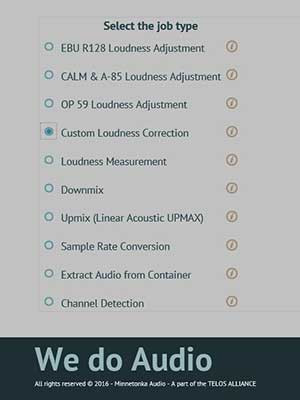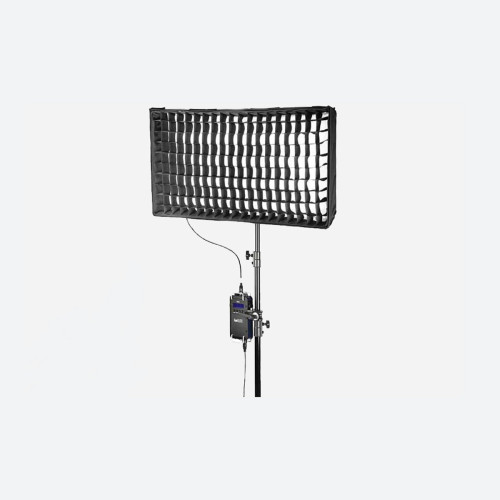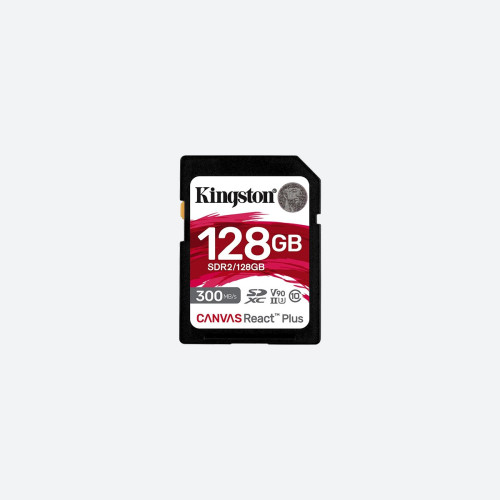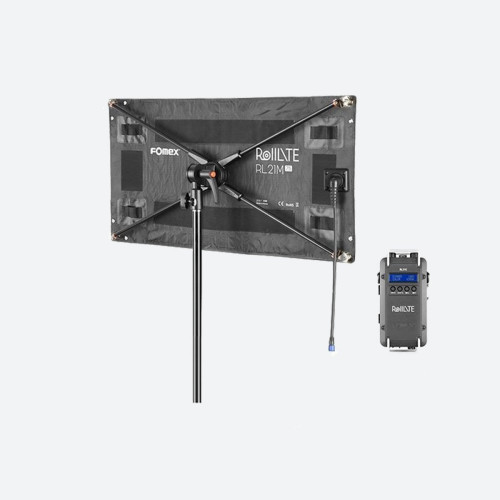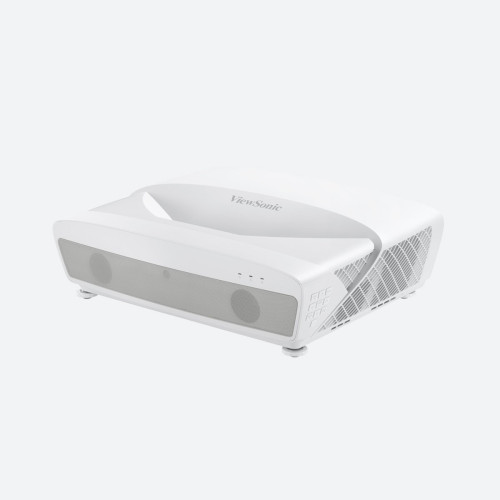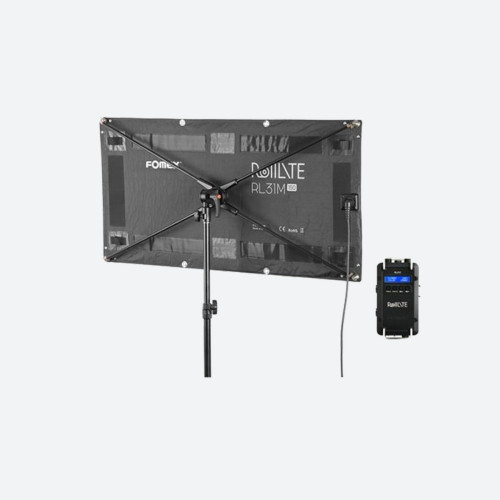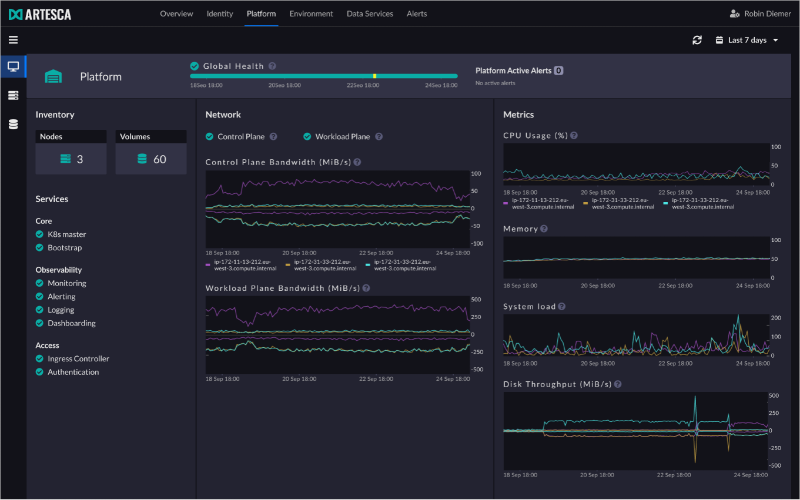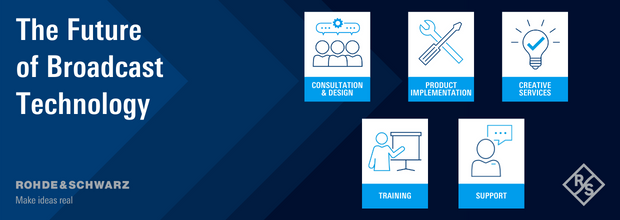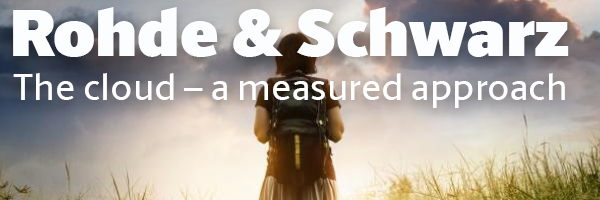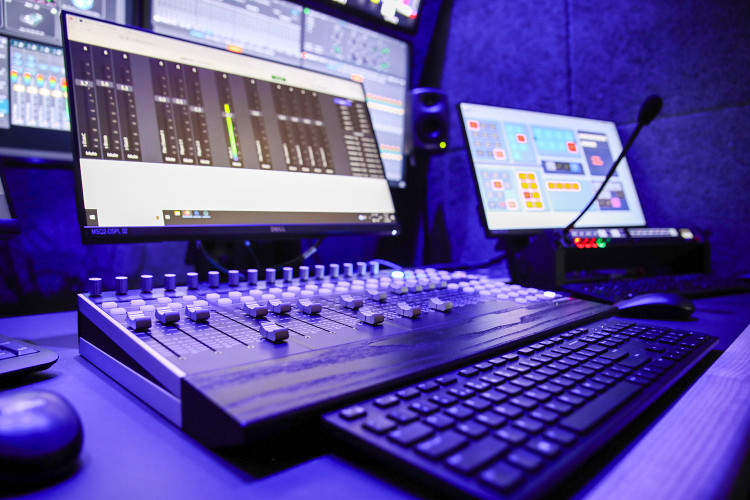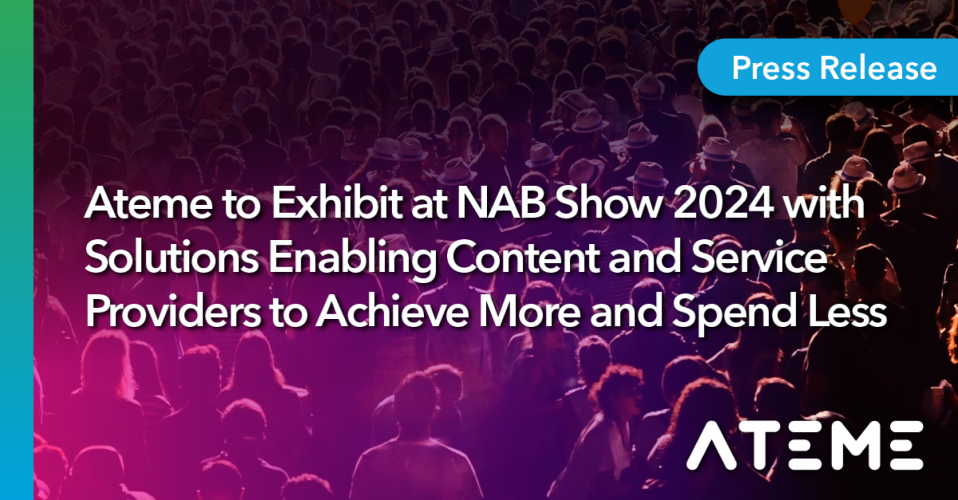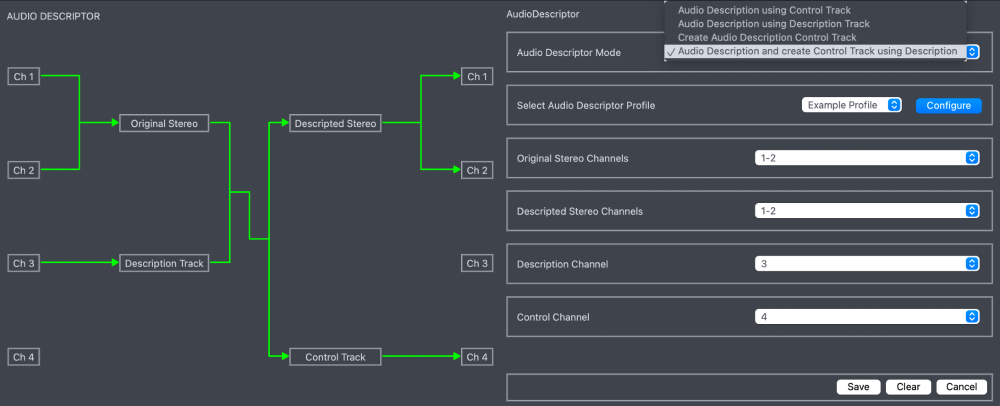The transition to "the cloud\" in our industry has been challenging. Why is it so important to have cloud technologies? What do customers really expect? The term "cloud\" has been used to such an extent that it has diminished the real and actual importance of what\'s really going on - off-premise compute power. With typical cloud adjectives still applicable, such as CAPEX vs OPEX, and paying only for what you need when you need it, the real value of off premise processing has yet to be fully understood. Three critical areas are impacted by off premise processing; technology, scalability and time.
Technology
In the early days of digital audio workstations (DAWs) 20 years ago, plug-ins provided technology that could be easily integrated into on-premise workstations, such as Dolby® codecs or special effects. This is what we would call "on-premise\" processing, or processing on individual client workstations in editorial rooms. Each on-premise system required a local engineering staff for maintenance, as well as continual upgrades in hardware. With each new technology advancement, a new hardware and workstation purchase was required.
Scalability
About 10 years ago, automated enterprise-level platforms transitioned audio processing out of individual edit suites and into a facility-wide workflow management system. Server-based systems, such as Minnetonka\'s AudioTools Server, could be deployed in a single "machine room\" environment connected to shared storage on-premise. This required substantially less engineering and maintenance effort than the previous model of individual DAWs. By focusing on the enterprise, overall hardware, maintenance, and labor costs could be reduced while providing the scalability to handle peak demand with features such as load balancing and flexible, floating license control. Additionally, integration into a facility-wide video-centric workflow management system became possible without the need to completely replace incumbent systems.
Time
Today, we transition and evolve again to "off-premise\" computing to meet the needs for greater scalability and fast turnaround of media processing. Automated processing platforms transition to the scalable, on-demand computing resources of Amazon\'s EC2 processing and S3 object storage platform to provide media processing facilities with tremendous flexibility.
There are three models for off-premise (cloud) processing. An application for On-Demand processing as an online web-service offers the processing that you want, when you need it and you pay only for what you use. With On-Demand, the workflow control, processing modules and reporting all happen within the Amazon EC2 Instance, as well as the S3 Cloud Disk, requiring no on-premise hardware costs or ongoing maintenance. Expansion to handle peak processing requirements is possible by configuring additional EC2 instances, which can then be taken offline when not required, saving money during downtime.
The second model is where facilities take the licenses that they own and apply those licenses to either their on-premise processing plant or to a cloud-based third-party engine. This is perfect for users that want the flexible scalability of cloud-based processing, combined with defined processing profiles and licenses.
The third model involves adding a cloud node to an existing on-premise enterprise environment where custom-defined workflows, profiles and licenses can be shared in this hybrid on-premise and cloud architecture, giving maximum flexibility and scalability. Amazon EC2 instances can be added as another node in the client processing farm, seamlessly moving jobs and workflows between on-premise capacity and off-premise Amazon resources. Facilities can meet the demands of peak processing with minimal additional cost, as the hardware, storage and processing are maintained by Amazon and spun down when peak requirements subside. In addition to load balancing the work between on-premise and off-premise installations, cloud instances can serve as Failover and Spillover nodes, thereby insuring uninterrupted processing, even if there is a failure within the on-premise system. If a local system is not licensed for a specific task, a "cloud node\" can be assigned to the license and workflow, which is the perfect add-on for flexible scalability and additional licenses on a project-by-project basis.
Conclusion
Off premise (cloud) offers low-cost scalability, maximum flexibility and security, and takes best-in-class platforms into the new era of distributed processing. The transition not only helps large scale operations, but also affords smaller facilities the chance to compete for business based on new technologies that would have otherwise required substantial investment. The cloud is a utility that businesses of any size can benefit from with the right approach.





